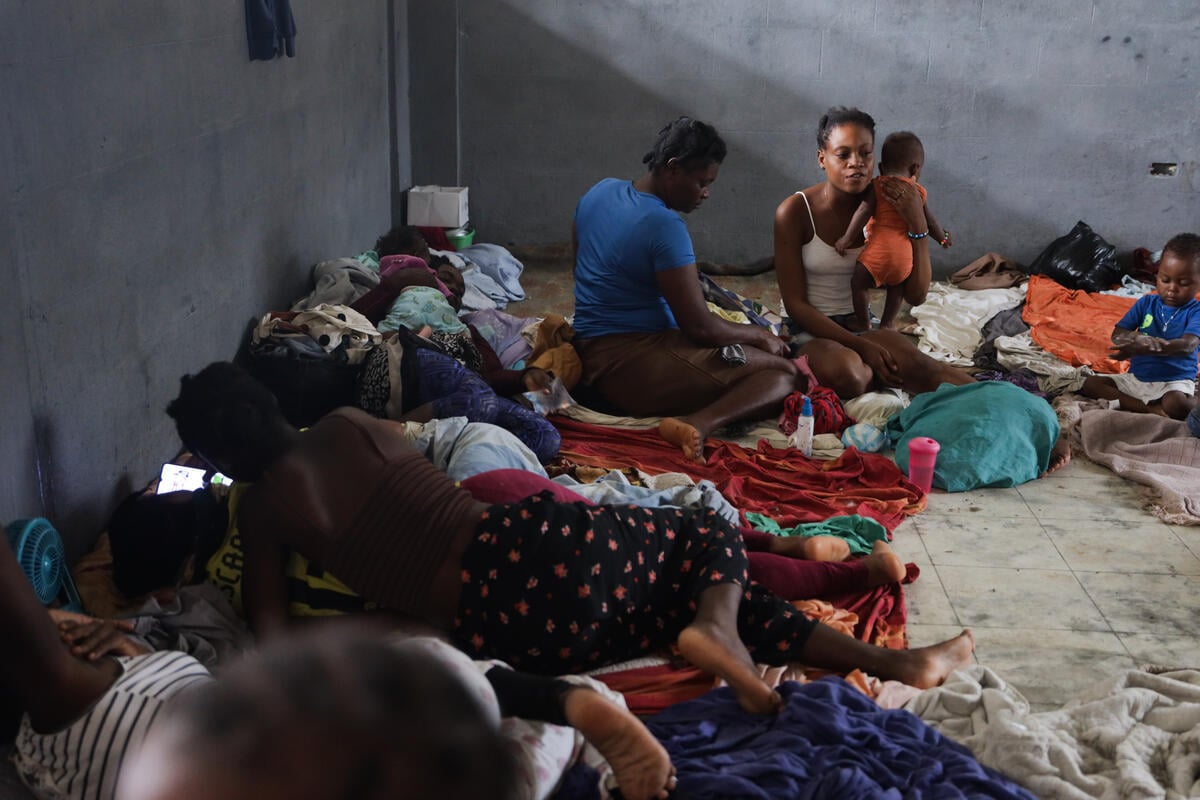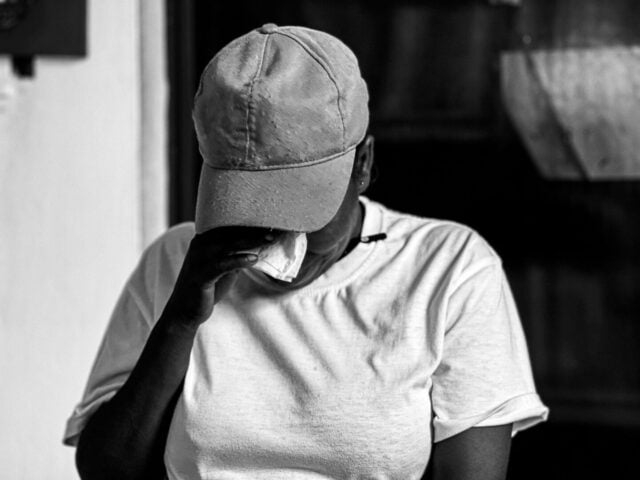Hurricane Melissa, one of the most powerful Atlantic storms on record, devastated the Caribbean in late October 2025. Making landfall in Jamaica on October 28, 2025, as a Category 5 hurricane, Melissa unleashed catastrophic winds and torrential rain, especially in Jamaica’s most vulnerable parishes. The storm destroyed homes, knocked out power and communications, and cut off access to rural communities.
Across the region, including the Dominican Republic and Haiti, Melissa triggered widespread flooding and deadly landslides. Millions of residents were displaced, and food and water insecurity surged, placing children at extreme risk. Relief efforts are underway to support families affected by Hurricane Melissa’s destruction.
Hurricane Melissa: Facts, FAQs, and how to help
- Fast Facts: Hurricane Melissa
- What’s the latest update on Hurricane Melissa?
- What’s the impact of Hurricane Melissa in the Caribbean?
- How many people have been affected by Hurricane Melissa?
- How is World Vision helping communities impacted by Hurricane Melissa?
- What’s the impact of Hurricane Melissa on the people of Haiti?
- How can I help people affected by Hurricane Melissa and other disasters?
Fast Facts: Hurricane Melissa
- Formed on October 21, 2025, as the 13th named storm of the 2025 Atlantic hurricane season.
- Rapidly intensified into a Category 5 hurricane on October 27, 2025.
- Reached maximum sustained winds at 185 mph, with higher gusts, according to NOAA.
- Made landfall in Jamaica on October 28, 2025, causing catastrophic winds, torrential rains, and flooding.
- The storm affected millions across the Caribbean, including Cuba, Haiti, and the Dominican Republic.
- Torrential rain lashed Haiti, the Caribbean’s most populous nation, causing floods and landslides.
-
At least 50 people have died across the region: Haiti (30 deaths, including 10 children), Jamaica (19 deaths, including one child), and the Dominican Republic (1 death). Many others are missing.
- Endangered 1.6 million children in Jamaica, Haiti, and the surrounding islands.
- Caused widespread displacement, infrastructure damage, and agricultural loss across the Caribbean.
-
Disaster response operations are underway as aid teams, including World Vision, begin supporting impacted communities with emergency relief and recovery.
You can deliver hope and help amid disasters.
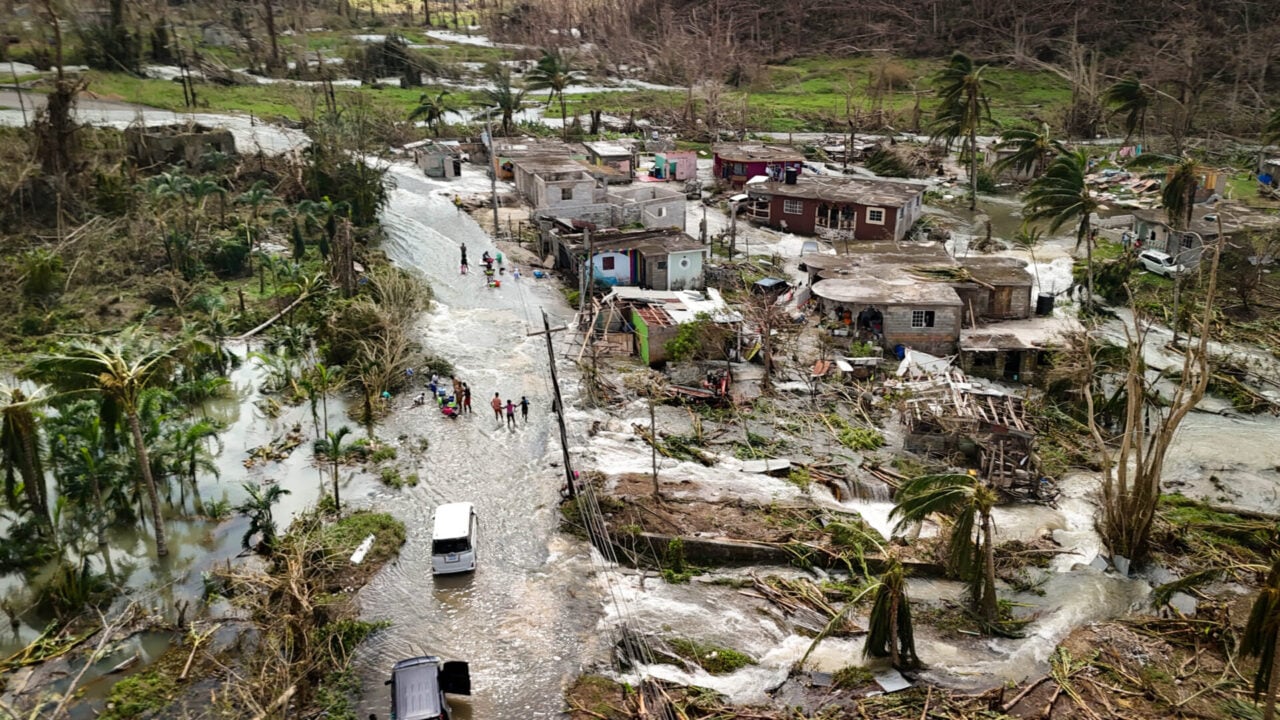
What’s the latest update on Hurricane Melissa?
Hurricane Melissa was a devastating Category 5 storm that struck the Caribbean in late October 2025, affecting nations in the Caribbean, particularly Jamaica, Haiti, the Dominican Republic, and Cuba. It is one of the strongest Atlantic storms to make landfall.
As of November 3, 2025, the National Hurricane Center has discontinued tracking Hurricane Melissa, which dissipated over cold North Atlantic waters and transformed into a post-tropical cyclone on October 31, 2025.
Efforts are now focused on search, rescue, and recovery in the impacted regions, including Jamaica, Haiti, the Dominican Republic, and Cuba, with assessments of the death toll and damage ongoing.
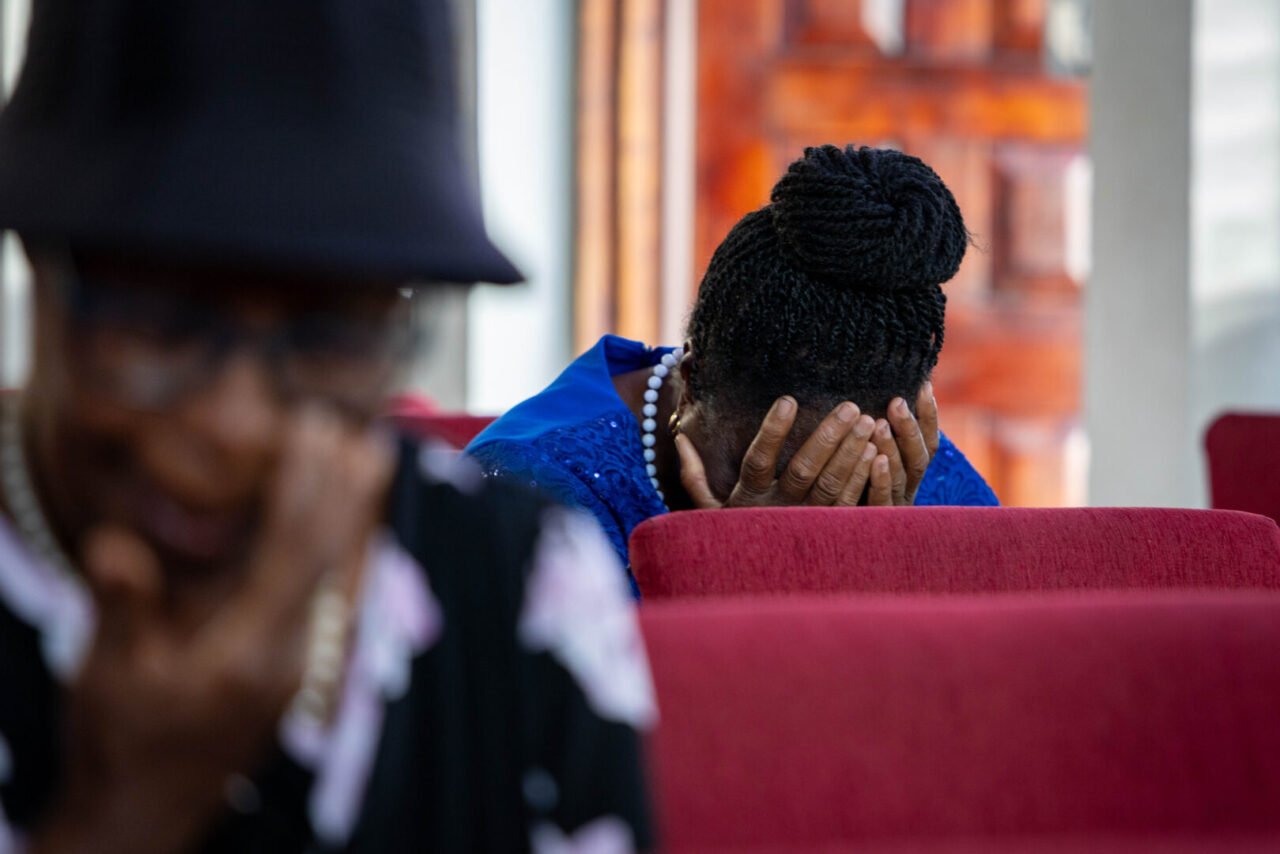
What’s the impact of Hurricane Melissa in the Caribbean?
Hurricane Melissa had unleashed powerful winds, torrential rainfall, and landslides across the Caribbean. As of October 31, 2025, the latest updates on the storm’s impact by countries are as follows:
Cuba: Authorities had evacuated hundreds of thousands of people in eastern Cuba ahead of the storm, with residents now returning home. Many communities remained without power, internet, and telephone service due to downed power lines and transformers.
Dominican Republic: Heavy rains, flooding, and landslides have damaged homes and roads, displacing hundreds of people. Earlier estimates indicated a widespread need for access to safe drinking water.
Haiti: At least 30 people, including 10 children, have died, and 20 others are missing. Hundreds of homes have been flooded, damaged, or destroyed. Thousands of people had moved into emergency shelters.
Jamaica: More than half a million people are without power in the hardest-hit western parishes. Buildings, homes, and infrastructure are severely damaged, and communities remain cut off.
Across the region, children are among the most vulnerable, facing disrupted schooling, unsafe shelter, and rising risks of malnutrition and exploitation.
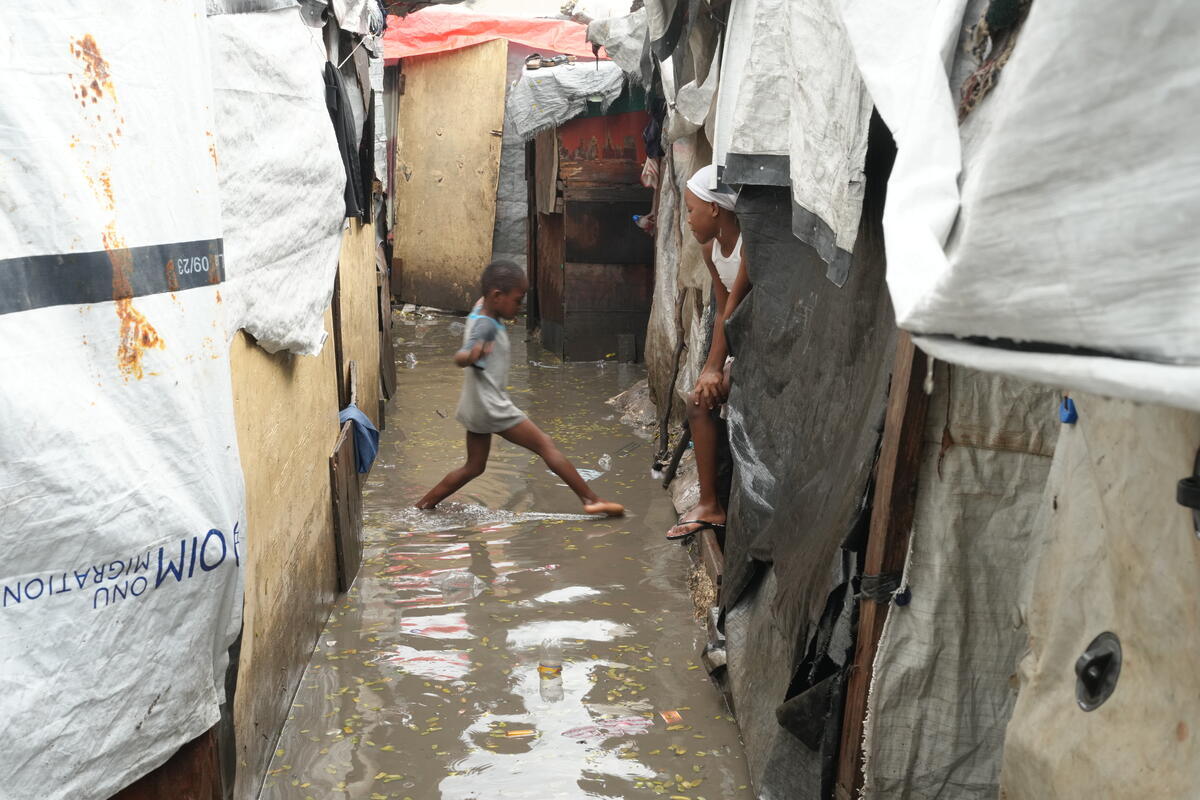
How is World Vision helping communities impacted by Hurricane Melissa?
In Haiti, where we have a strong presence, we are actively supporting disaster relief efforts:
- Pre-positioned emergency supplies: We are helping at least 4,000 households with food, clean water, hygiene kits, and shelter materials. Local networks have shared alerts and preparedness tips, helping residents brace for the storm’s impact.
In Jamaica, where World Vision doesn’t operate, we are responding with hurricane disaster relief through our church partnerships and initiating early recovery activities in the hardest-hit western parishes:
Our immediate efforts will focus on delivering essential items, including food, clean water, shelter kits, and other necessities. We’re partnering with churches to create a community-driven response. In the first 30 days, World Vision and partners will:
- Distribute temporary shelter support to families whose homes are uninhabitable by providing tarpaulins and fastening kits for quick roof coverage and weatherproofing.
- Deliver 8,000 Crisis Relief Boxes, which will provide five days of food for approximately 40,000 people. We will also collaborate with local food producers to restore supply chains and support community markets.
- Provide access to safe drinking water through two mobile water treatment systems, known as Water on Wheels Carts, for both emergency and long-term use. These units, along with bottled water and a disinfectant device, will be distributed to impacted communities.
-
Supply essential nonfood items, including hygiene kits, bedding, generators, storage containers, flood buckets, and cleaning supplies.
Through these efforts, World Vision is working to ensure that children and families in both Haiti and Jamaica can receive urgent assistance in the wake of Hurricane Melissa.
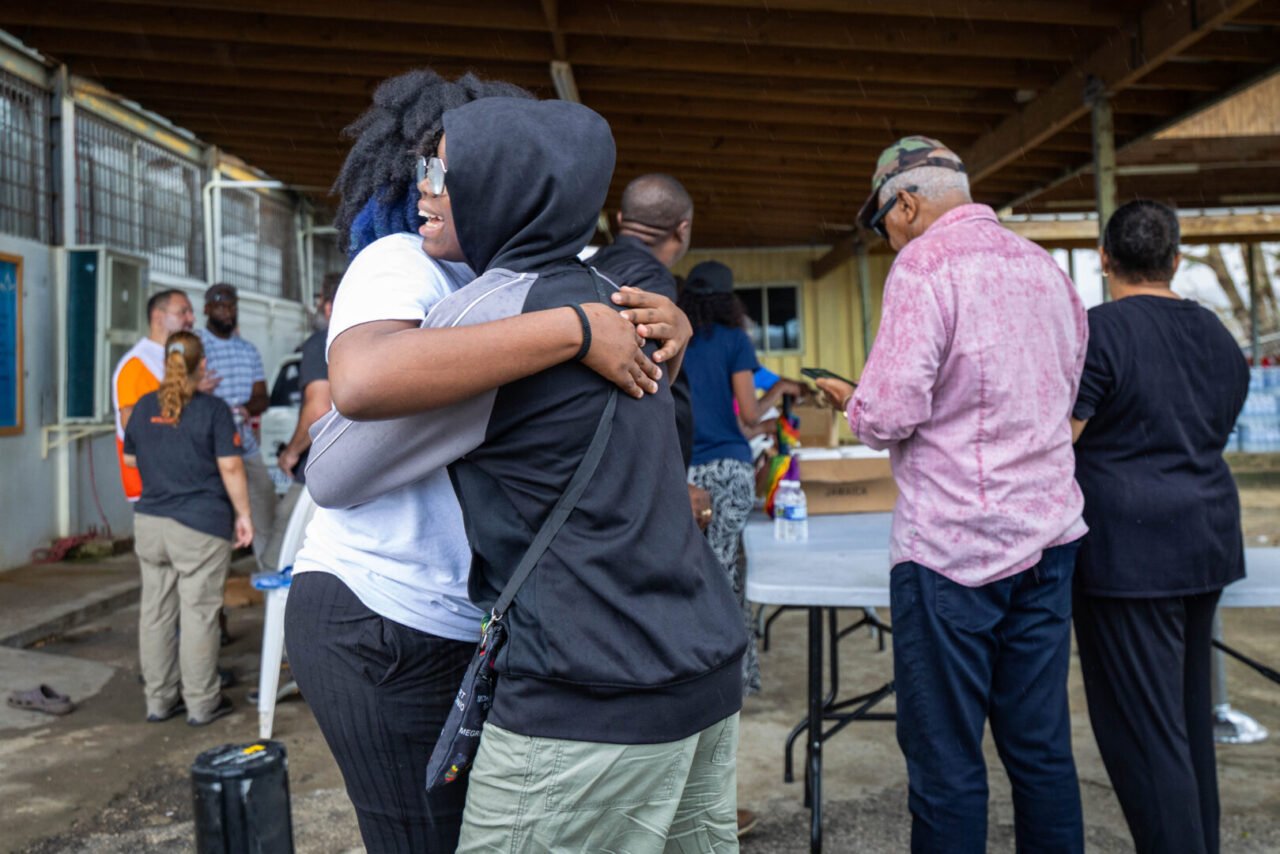
“With communications down and so many communities cut off, our biggest challenge is getting aid to those who need it most,” said Mike Bassett, World Vision’s national director of domestic humanitarian and emergency affairs. “We’re working with partners to deliver supplies and reach families in the hardest-hit areas.”
Bassett, who traveled to the town of Santa Cruz in St. Elizabeth, Jamaica, shared with the Associated Press: “People are in shock and they’re waiting on relief. … The biggest needs are clean water, tarps for roof damage, canned proteins, hygiene, and cleaning supplies.”

What’s the impact of Hurricane Melissa on the people of Haiti?
At least 30 people have died across Haiti, and 20 are missing. Damage reports indicate that hundreds of homes have been flooded, damaged, or destroyed.
“Children and families in Haiti are facing compounding crises,” said Lesly Michaud, national program director in Haiti. “We are committed to standing with communities through this storm and beyond, ensuring they receive the support they need to recover and rebuild.”
Prior to the storm, Haiti was already facing significant challenges. One of the world’s most vulnerable countries, Haiti’s nearly 5 million people — half of them children — are facing severe hunger. World Vision warns that Hurricane Melissa could further devastate food systems and set back recovery efforts amid ongoing violence and displacement.
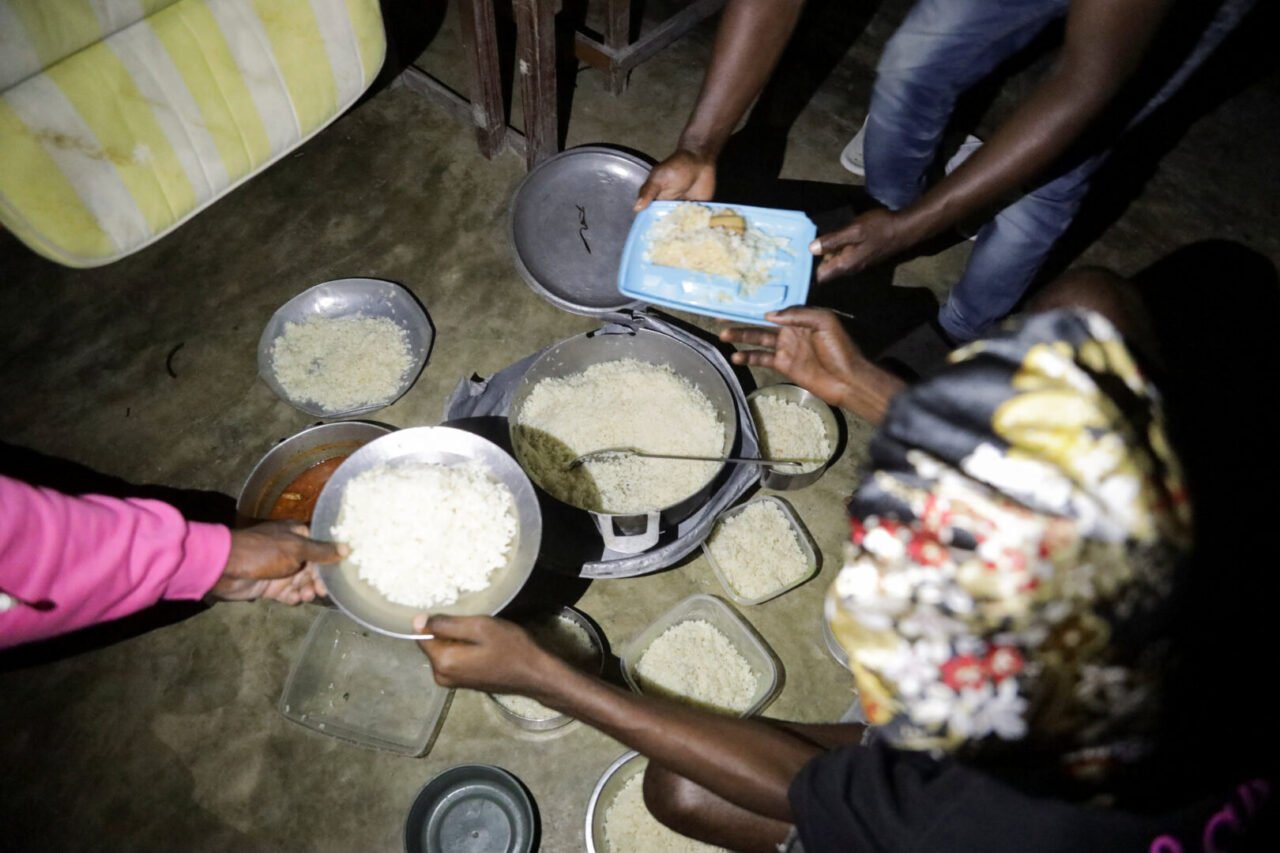
“Food insecurity has been plaguing Haiti for the past year or so, where more than half of the population is food insecure,” said Guy F. Vital-Herne, communications manager for World Vision in Haiti. “The impact that we are seeing so far of Hurricane Melissa is putting more pressure now on some populations, with many crops being destroyed right now.”
